Derrel
Mr. Rain Cloud
- Joined
- Jul 23, 2009
- Messages
- 48,225
- Reaction score
- 18,941
- Location
- USA
- Website
- www.pbase.com
- Can others edit my Photos
- Photos OK to edit
Shutter speed needed to stop motion depends on magnification/size of the action subject; angle of action in relation to the film plane; speed of the actual action (a base runner is 'slow', but a baseball leaving the pitcher's hand is 'fast'); the distance to the action (this is sort of like magnification/size). At times, 1/1000 second is PLENTY fast; at other times, 1/2500 second is better. it depends on a number of factors. Keep in mind that much of the time, a slight amount of blurring on the extremes (feet, hands,ball leaving bat,etc.) of a shot can convey a feeling of movement. A baseball leaving the bat is often a little faster than a softball; youth sports speeds are slightly slower in many cases than NCAA or pro-level athletes. So...you need to check the shutter speed and HOW, exactly, it is rendering the actual subject you're shooting. A slide into 3rd base could be shot at 1/640 second with not too much issue; if you want to absolutely FREEZE a ball leaving the bat, even 1/1000 is often a tad slow...



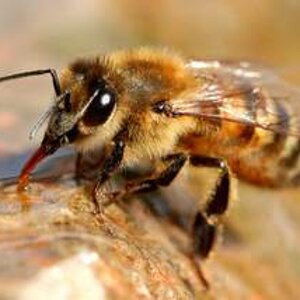
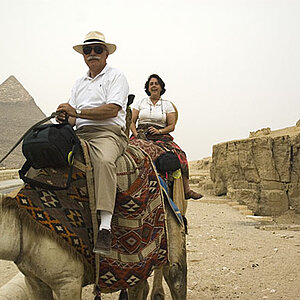
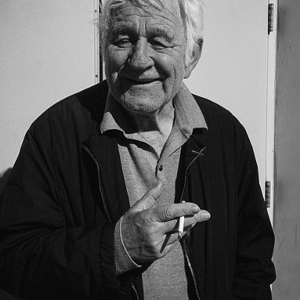



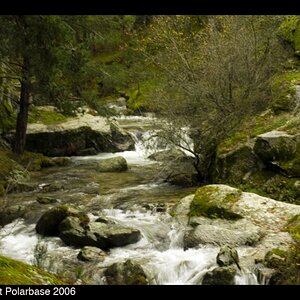

![[No title]](/data/xfmg/thumbnail/31/31704-42c2fcbcc4b6ba8c2c5ae54202cad6ec.jpg?1619734963)
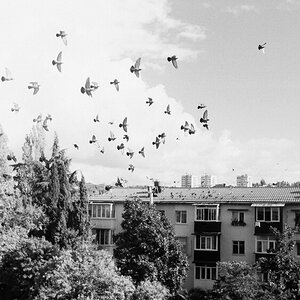
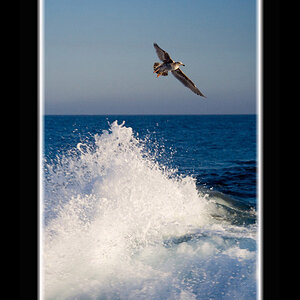
![[No title]](/data/xfmg/thumbnail/31/31708-69f4ec98ec000d4fc9a9a1cc282e8e16.jpg?1619734965)